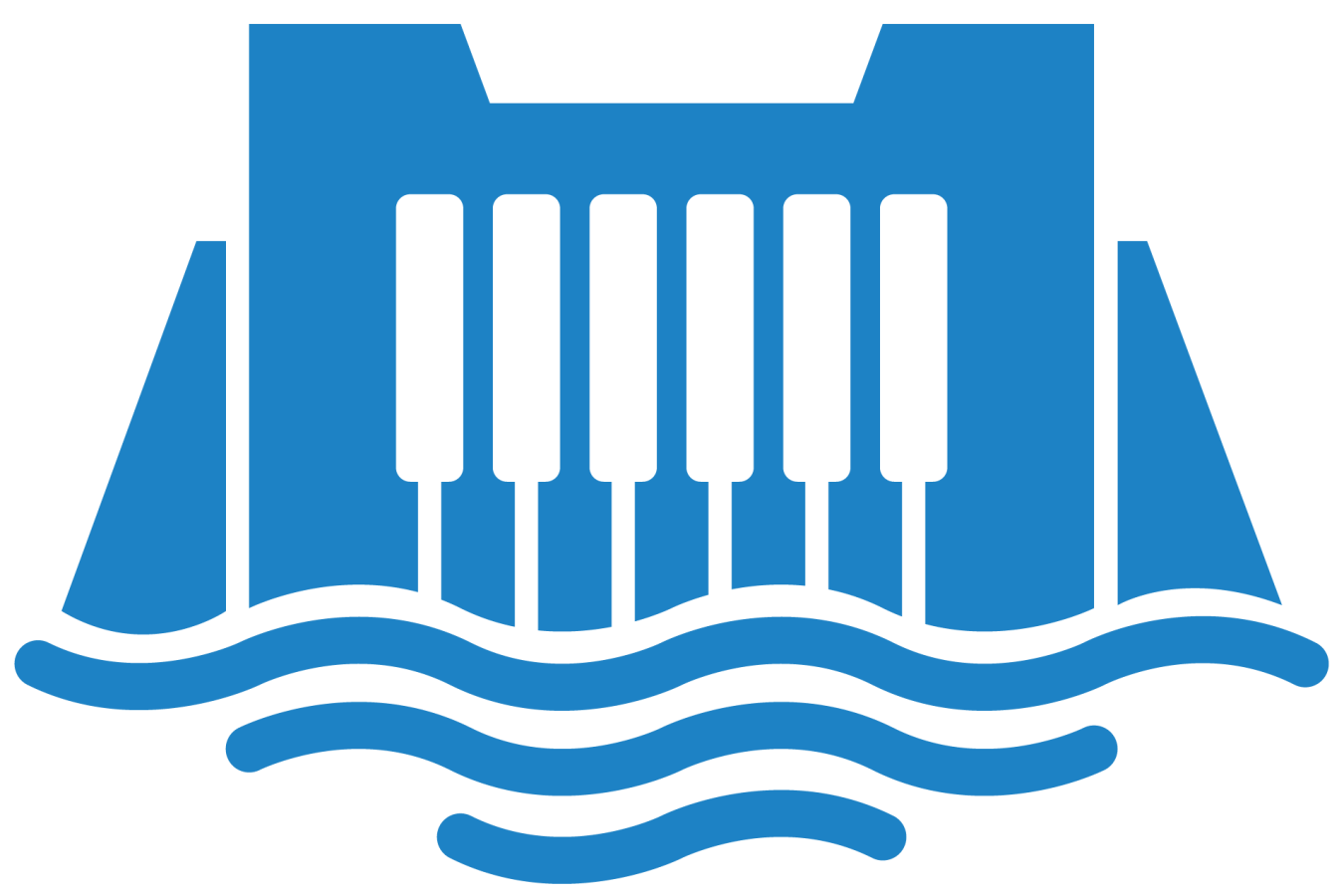An Oak Ridge National Laboratory report found opportunities to develop hydropower on conduits in every state, totaling 1.41 gigawatts of new generating potential.
Water Power Technologies Office
March 1, 2023HYDROPOWER PROGRAM
Innovations for Low-Impact Hydropower Growth
Project Name: National Conduit Resource Assessment
Project Team: Oak Ridge National Laboratory (lead), Upstream Tech, and U.S. Environmental Protection Agency
Lead Recipient Location: Oak Ridge, Tennessee

An Oak Ridge National Laboratory (ORNL) report found opportunities to develop hydropower on conduits in every state, which could add 1.41 gigawatts of new generating capacity. The report, which is the first to assess the potential for new hydropower development on conduits nationwide, conservatively estimates new hydropower potential across municipal (374 megawatts), agricultural (662 megawatts), and industrial (378 megawatts) sectors.
Conduit hydropower utilizes existing pipelines, irrigation canals, and other human-made water conduit structures as the basis for electricity generating equipment. This eliminates the need for a dam or reservoir and allows for greatly reduced environmental impacts, a simplified permitting process, and the potential to generate new revenue for water system operators. Water conduit projects tend to be small but have high development feasibility, meaning many communities, including those in small and rural areas, could implement this type of renewable energy project and reduce their dependence on the local grid during periods of peak electricity demand.
According to the report, the United States has potential for more than double the currently installed conduit hydropower capacity, with the largest resource potential in the western United States, especially in California, Colorado, Washington, Nebraska, and Oregon. There are also sizable resource potential opportunities spread across the country, including in New York, Maryland, Texas, and much of the Midwest.
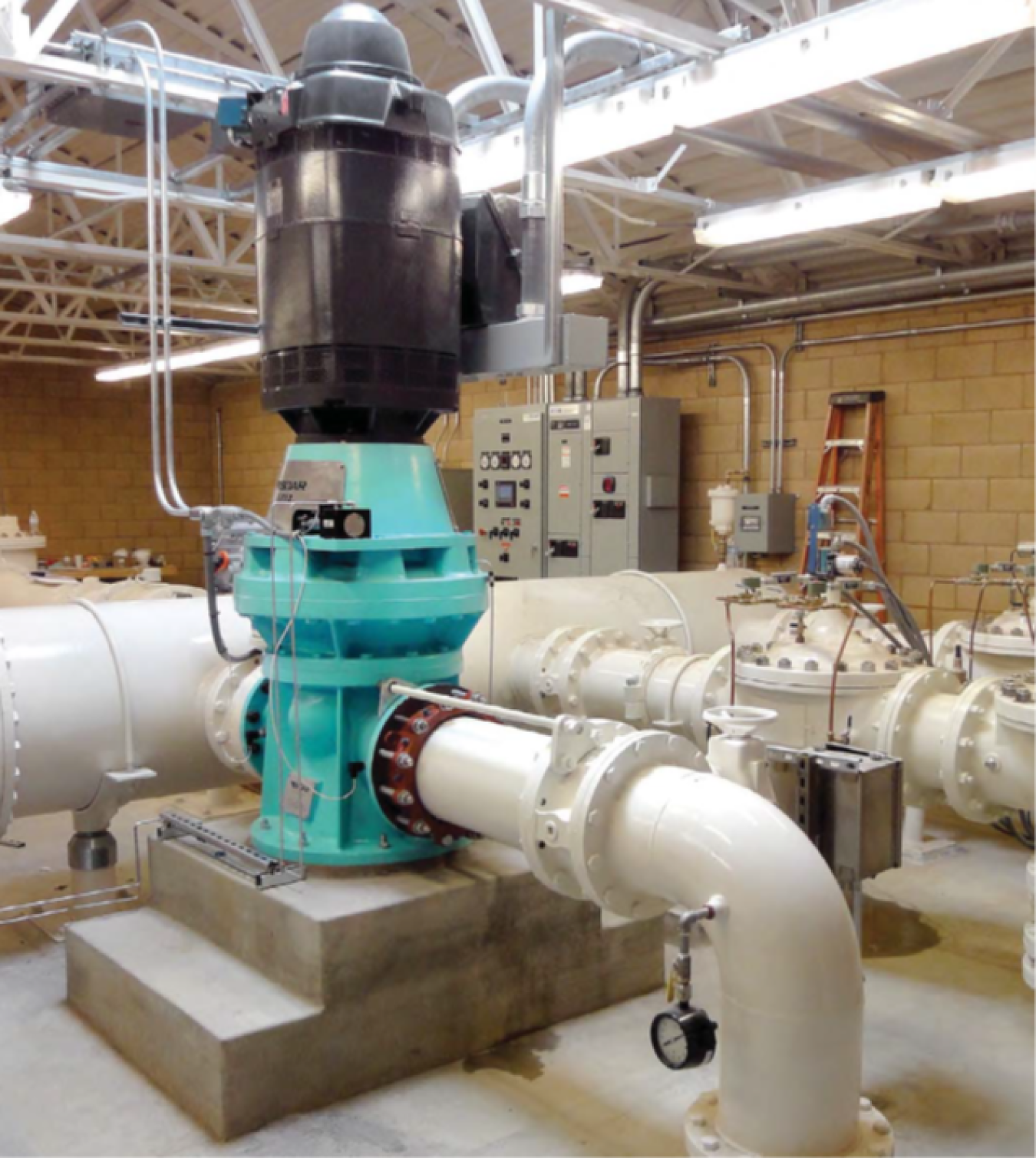
To conduct the analysis, an expert team led by ORNL evaluated four categories of conduits: water supply pipelines, wastewater discharge conduits, agricultural irrigation conduits, and conduits for cooling water discharge from thermoelectric power plants. For each category, the team developed and implemented methods to estimate hydraulic head (the vertical distance that water falls or the pressure drops), annual water flows, and hydropower potential based on analyses of satellite imagery, topography, and existing datasets.
The assessment was conducted at the reconnaissance level, considering resources that could be available for development at the state and national levels using present-day assumptions about conduit hydropower technology. This approach offers a replicable evaluation methodology for conduit hydropower potential across the country.
Innovations for Low-Impact Hydropower Growth Projects
-
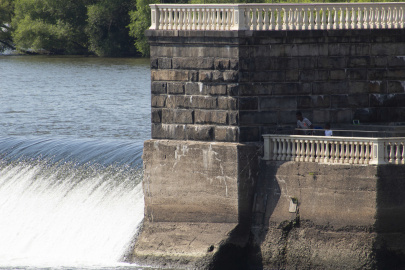 Oak Ridge National Laboratory developed two tools and published a report to aid developers making decisions about whether to add power-generating infrastructure to dams that currently do not generate power.
Oak Ridge National Laboratory developed two tools and published a report to aid developers making decisions about whether to add power-generating infrastructure to dams that currently do not generate power. -
 Natel Energy developed its Restoration Hydro modular concept, which combines watershed restoration efforts with new hydropower development.
Natel Energy developed its Restoration Hydro modular concept, which combines watershed restoration efforts with new hydropower development. -
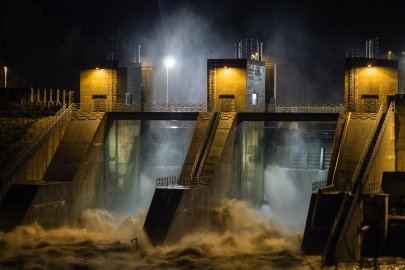 Researchers created the waterSHED tool to help demonstrate the design, operation, and feasibility of new, small hydropower projects at streams and sites with existing water infrastructure.
Researchers created the waterSHED tool to help demonstrate the design, operation, and feasibility of new, small hydropower projects at streams and sites with existing water infrastructure. -
Researchers created and tested a composite hydropower turbine runner blade and found it performed nearly identically to traditional blades made of stainless steel.
-
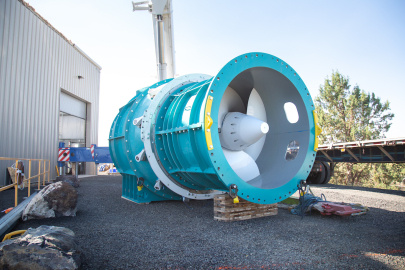 Natel Energy’s Restoration Hydro Turbine is the first in the industry to enable safe passage for large and small fish while also meeting installation configurations for a wide variety of hydropower facilities.
Natel Energy’s Restoration Hydro Turbine is the first in the industry to enable safe passage for large and small fish while also meeting installation configurations for a wide variety of hydropower facilities.
WPTO's Hydropower e-newsletter features news on R&D and applied science to advance sustainable hydropower and pumped-storage technologies.
The WPTO e-newsletter brings funding opportunities, events, publications, hydropower, and marine energy updates directly to your inbox.


